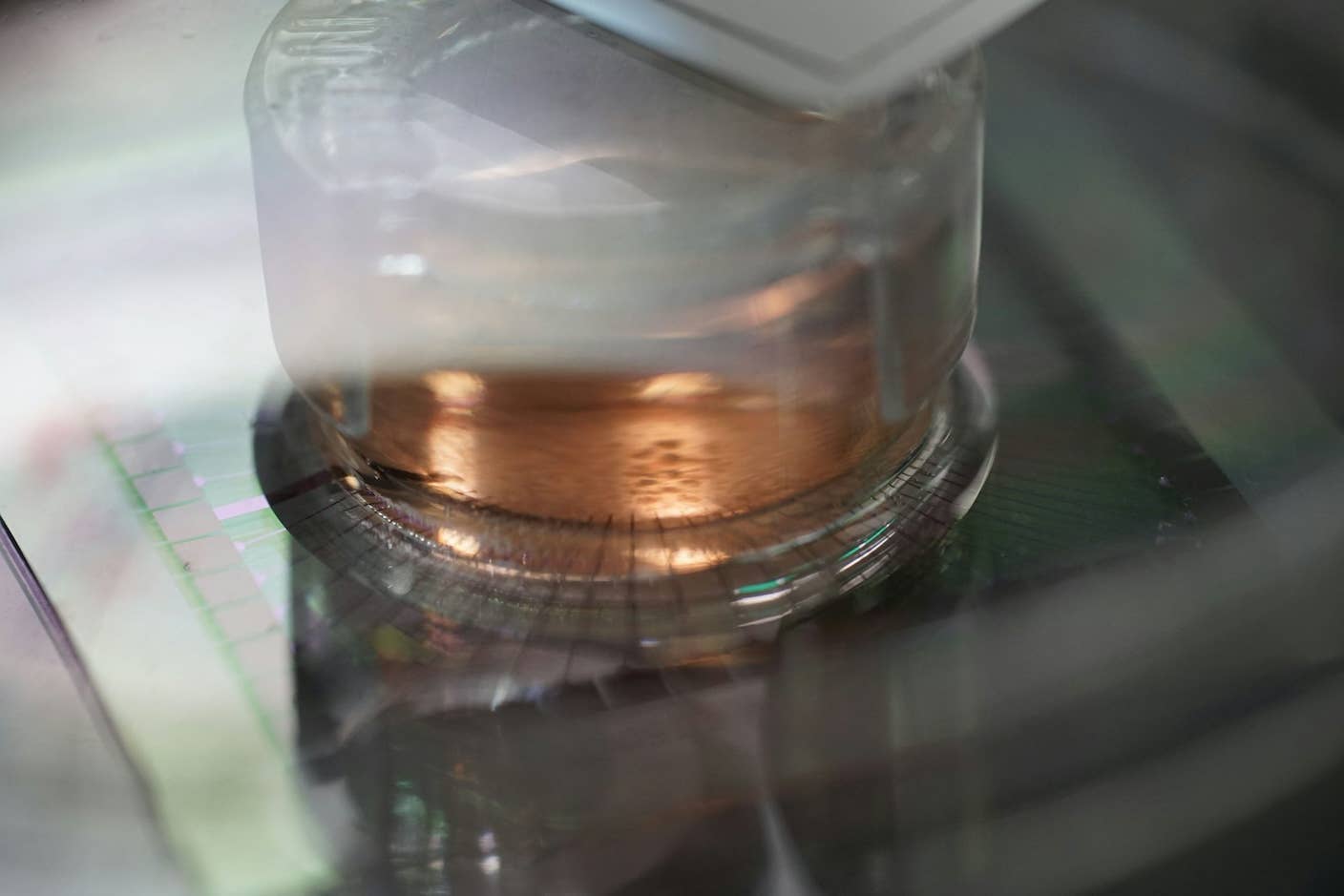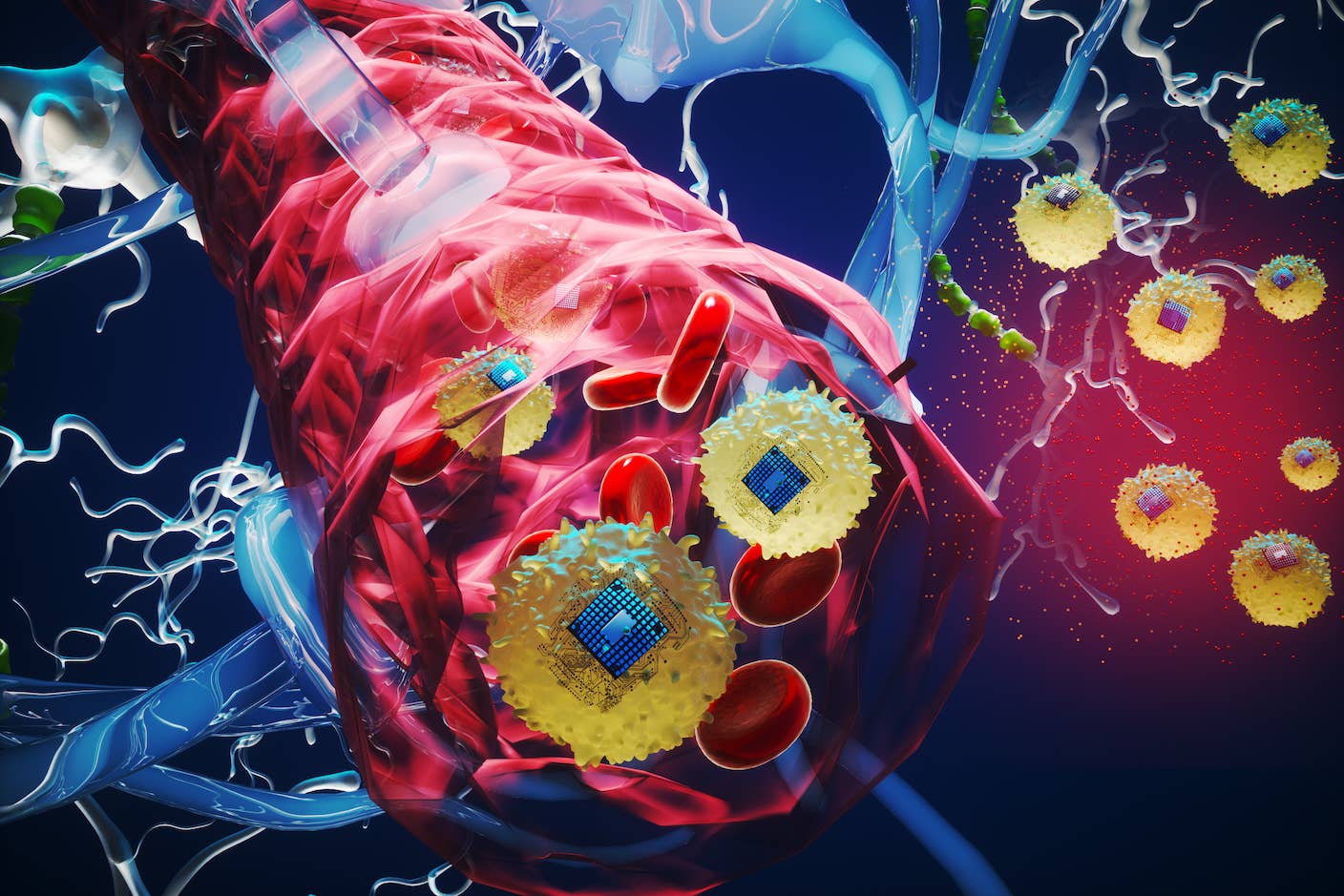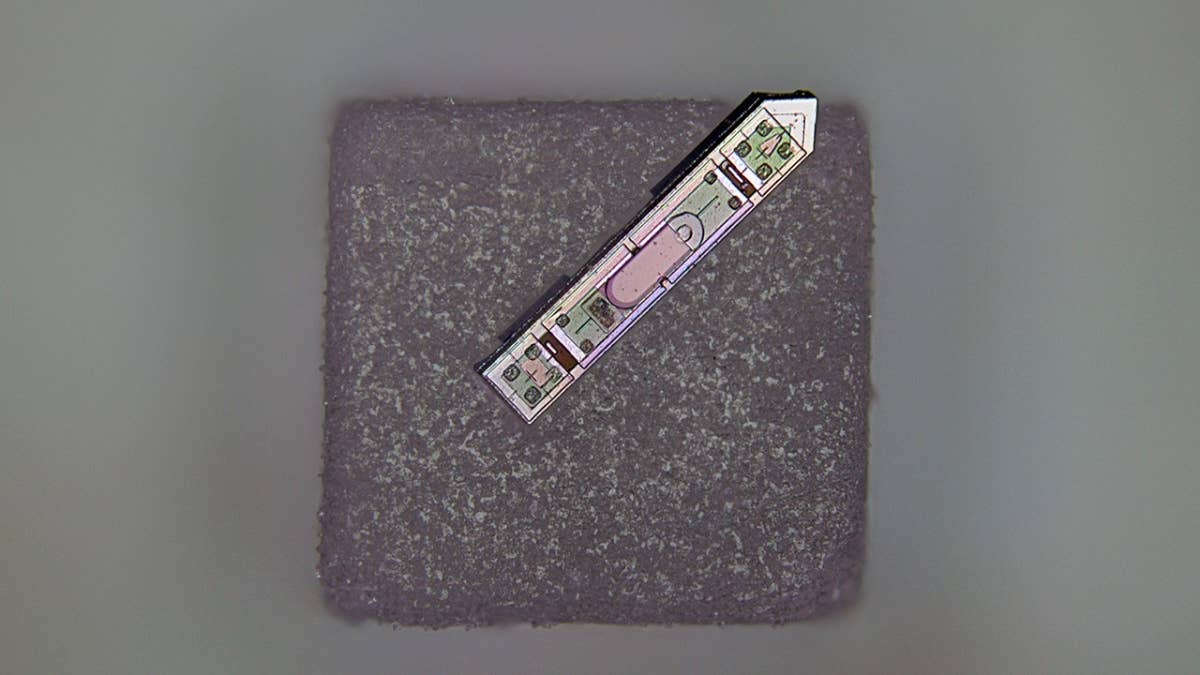The Future of Surgery Is Robotic, Data-Driven, and Artificially Intelligent

Share
As far back as 3,500 years ago ancient Egyptian doctors were performing invasive surgeries. Even though our tools and knowledge have improved drastically over time, until very recently surgery was still a manual task for human hands.
When it came out about 15 years ago, Intuitive Surgical’s da Vinci surgical robot was a major innovation. The da Vinci robot helps surgeons be more precise and dexterous and to remove natural hand tremors during surgery.
In the years since da Vinci first came out, many other surgical robots have arrived. And today there’s a new generation coming online, like the Verb robot, a joint venture between Google and Johnson and Johnson. This means surgery is about to get even more interesting. Surgical robotics will be able to do more than just improve dexterity and reduce incision size...
“We’re on the verge of what we might call the second wave in surgical robotics,” said Catherine Mohr, vice president of strategy at Intuitive Surgical, while speaking at Singularity University’s Exponential Medicine conference this week.

Mohr believes this new wave of innovation will be characterized by the convergence of surgical robotics with AI and data gathered from robotic systems.
Surgery is about to get “digitized.” We’ll start collecting and analyzing data passing through these robotic systems, like motion tracking. “Once we can turn something into data, then we can start making exponential changes,” Mohr said.
A problem “calling out for robotics”
China is currently on track to have a million lung cancer deaths a year. Lung cancer is surgically treatable, but only if it is found fast enough. And too often we’re not finding it fast enough. Mohr says the problem of lung cancer detection is just calling out for robotics.
Currently, surgeons use a pre-operative image to search for cancer to remove, but the lungs are a moving target. So, to get to the cancer, surgeons deform the lungs on the way in and again on the way out because they are taking a different path. With surgical robotics, you can track the path in and use that same motion tracking data on the way out.
Be Part of the Future
Sign up to receive top stories about groundbreaking technologies and visionary thinkers from SingularityHub.


3 types of AI for surgery
We’re also on the cusp of starting to incorporate various AI systems into surgical simulations and procedures. Mohr listed three types of AI she’s personally interested in incorporating into surgical procedures.
- IBM Watson: Watson is an expert-system type of AI. Watson can store more medical information than any single human can store and and give responses to natural language queries from surgeons. Watson (or AI like it) will become an intelligent surgical assistant.
- Machine learning algorithms: Unsupervised pattern matching algorithms would aid doctors in recognizing when a sequence of symptoms results in a particular disease. Mohr says, “After all, what is medicine but really good pattern matching?”
- AlphaGO: During its training, AlphaGo played itself over and over again until new patterns emerged. Mohr imagines we can bring these type of AI into surgical simulations to observe how people learn and to test new learning strategies to answer the question of “how do we take a novice to an expert?”
In closing, Mohr sketched out this next wave of AI and robotics in surgery as a tight partnership between humans and machines, with one making up for the weaknesses of the other.
“I tend to think of robotics as a platform. It's a platform which we have really advanced very far in terms of being able to reduce the invasiveness of the interventions,” she said. “These next phases are all going to be about integrating a lot of these new technologies onto this platform and being able to potentiate them.”
Want to keep up with coverage from Exponential Medicine? Get the latest insights here.
Image credit: Shutterstock
Sveta writes about the intersection of biology and technology (and occasionally other things). She also enjoys long walks on the beach, being underwater and climbing rocks. You can follow her @svm118.
Related Articles

How Scientists Are Growing Computers From Human Brain Cells—and Why They Want to Keep Doing It

These Brain Implants Are Smaller Than Cells and Can Be Injected Into Veins

This Wireless Brain Implant Is Smaller Than a Grain of Salt
What we’re reading